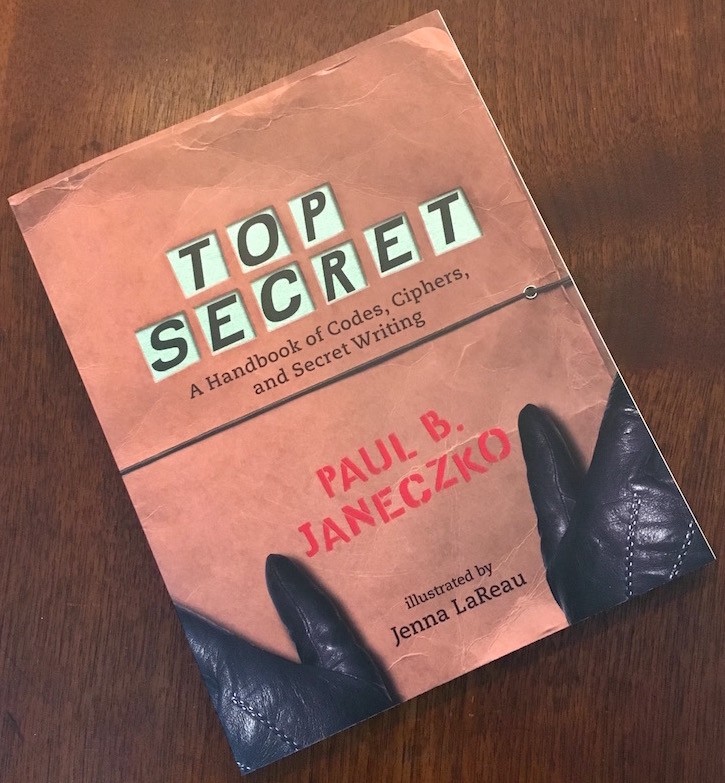Paul B. Janeczko’s “Top Secret: A Handbook of Codes, Ciphers and Secret Writing,” published in 2006, offers a lighthearted introduction to the world of encryption and decryption, making it an accessible guide to codes and ciphers, particularly for younger audiences. This book, with its 144 pages, serves as a beginner’s guide to codes and ciphers, ideal for those new to the concept.
Unveiling the Secrets Within
This handbook breaks down the fundamentals of simple encryption techniques, presenting them in a way that’s both engaging and easy to grasp. It delves into the history and practical application of various methods, making the topic of codes and ciphers less intimidating.
Highlights of the Handbook
One of the book’s strengths is its ability to transform complex cryptographic techniques into straightforward craft projects. This hands-on approach allows readers to actively engage with the material, fostering a deeper understanding of codes and ciphers. The book also manages to introduce even seasoned cryptography enthusiasts to lesser-known encryption methods. Its detailed table of contents makes navigation a breeze, and Jenna LaReau’s illustrations enhance the reading experience with their warmth and humor.
Areas for Improvement
While “Top Secret” offers a solid introduction, its writing style can be inconsistent. The tone occasionally shifts, which might not appeal to all readers. However, these shortcomings are minor compared to the overall value the book provides.
Who Should Read This Book?
If you’re an escape room enthusiast or designer seeking a quick and easy reference for simple encryption methods, this book is a valuable resource. It provides a practical foundation in codes and ciphers without delving too deeply into complex theory. However, those looking for a comprehensive history of cryptography may find it lacking in detail and might prefer a more in-depth text like Simon Singh’s “The Code Book.”
Final Verdict: A Valuable Guide for Beginners
“Top Secret: A Handbook of Codes, Ciphers and Secret Writing” is a worthwhile investment for anyone interested in learning the basics of cryptography. Its accessibility and hands-on approach make it an excellent guide to codes and ciphers for beginners. Whether you’re a student, a puzzle enthusiast, or an aspiring escape room creator, this book offers a fun and informative introduction to the fascinating world of secret messages. This guide to codes and ciphers can spark a lifelong fascination with the art of cryptography.

